China-Ecuador Free Trade Agreement

On January 3, 2023, Ecuador’s President Guillermo Lasso announced that a free trade agreement had been reached with China. The deal has reached between the two countries after negotiations of 1 year which started in February, 2022. The Chinese and Ecuadorian delegations were successful in concluding negotiations on a free trade agreement (FTA) after four rounds of negotiations and numerous technical meetings. The current deal is anticipated to improve exports and the industrial sector’s growth in the South American nation. On a social media site, Lasso made announcement “Good news to start 2023. The negotiation between China and Ecuador has been successfully concluded.” According to Lasso, with the agreement, Ecuadorean firms will have cheaper access to machinery and materials as well as preferential access to the largest market of the world i.e. China for the exports. Earlier, Lasso announced in September 2022 that his government had reached a second agreement to reduce interest rates and extend the terms of $4.4 billion in debt held with two Chinese state-affiliated banks which have been providing loans to Ecuador since 2010. The Chinese side has also confirmed the deal and said that the discussions for a bilateral free trade agreement (FTA) between China and Ecuador have gone well.
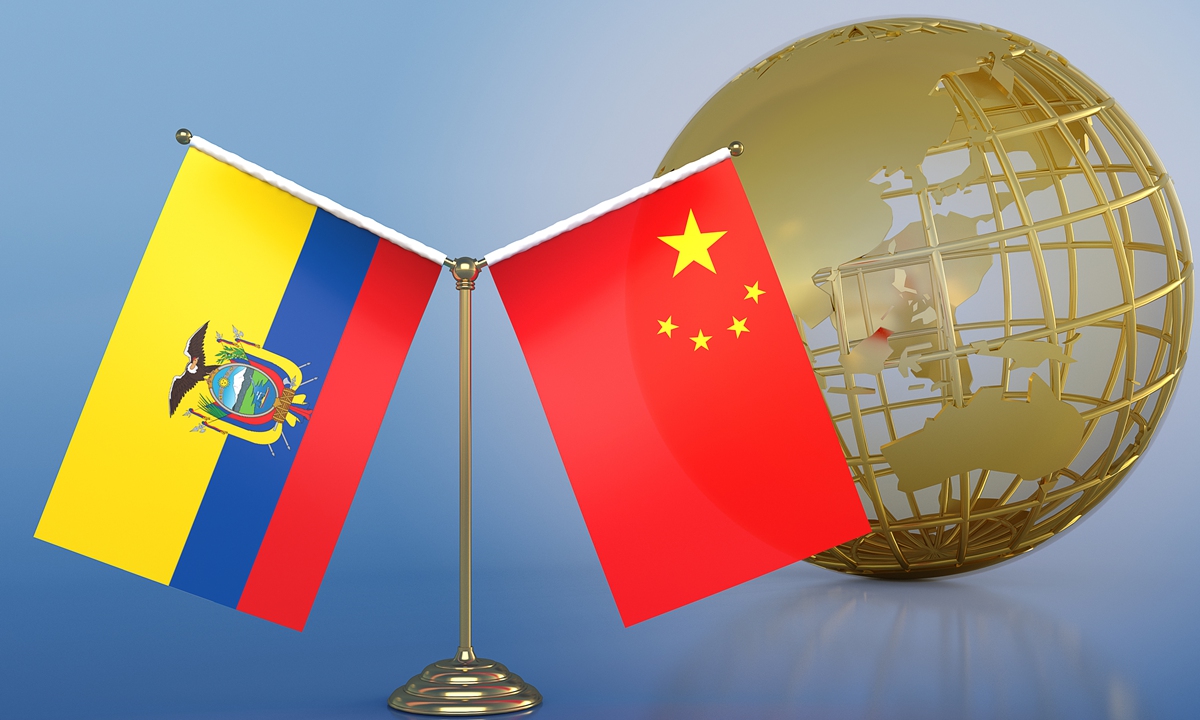 The Ecuador’s production ministry said in a statement as a response to the deal, “This trade agreement will allow preferential access for 99% of Ecuador’s current exports to China, especially agricultural and agro-industrial products such as shrimp, bananas, roses and flowers, cocoa and coffee.” Through the Free Trade Agreement, Ecuador’s exports will have easier access to a market with more than 1.4 billion consumers, which will not only increase exports, jobs but will also boost economic growth and investment. With estimated annual bilateral commerce of more than $10 billion. Ecuador is an important business partner for China in Latin America. Their collaboration spans a variety of industries, including mining, transportation, energy and electricity. In the first half of 2022, China was Ecuador’s top non-oil trading partner, according to the Ecuador trade ministry. Once the agreement will be signed formally, Ecuador will join Chile, Peru and Costa Rica as the fourth nation in Latin America to establish a free trade agreement with China. The U.S. is alarmed by the improving relations between the two nations and China’s expanding regional influence. Therefore, the U.S. wants to improve ties with Ecuador and is seeking options in Latin America to attain regional influence.
The Ecuador’s production ministry said in a statement as a response to the deal, “This trade agreement will allow preferential access for 99% of Ecuador’s current exports to China, especially agricultural and agro-industrial products such as shrimp, bananas, roses and flowers, cocoa and coffee.” Through the Free Trade Agreement, Ecuador’s exports will have easier access to a market with more than 1.4 billion consumers, which will not only increase exports, jobs but will also boost economic growth and investment. With estimated annual bilateral commerce of more than $10 billion. Ecuador is an important business partner for China in Latin America. Their collaboration spans a variety of industries, including mining, transportation, energy and electricity. In the first half of 2022, China was Ecuador’s top non-oil trading partner, according to the Ecuador trade ministry. Once the agreement will be signed formally, Ecuador will join Chile, Peru and Costa Rica as the fourth nation in Latin America to establish a free trade agreement with China. The U.S. is alarmed by the improving relations between the two nations and China’s expanding regional influence. Therefore, the U.S. wants to improve ties with Ecuador and is seeking options in Latin America to attain regional influence.
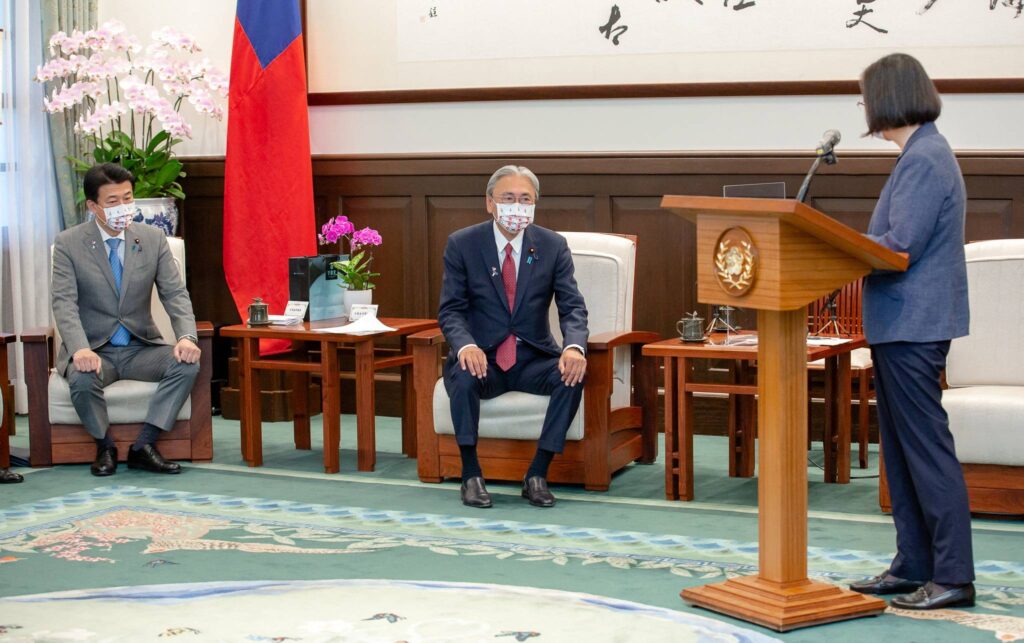
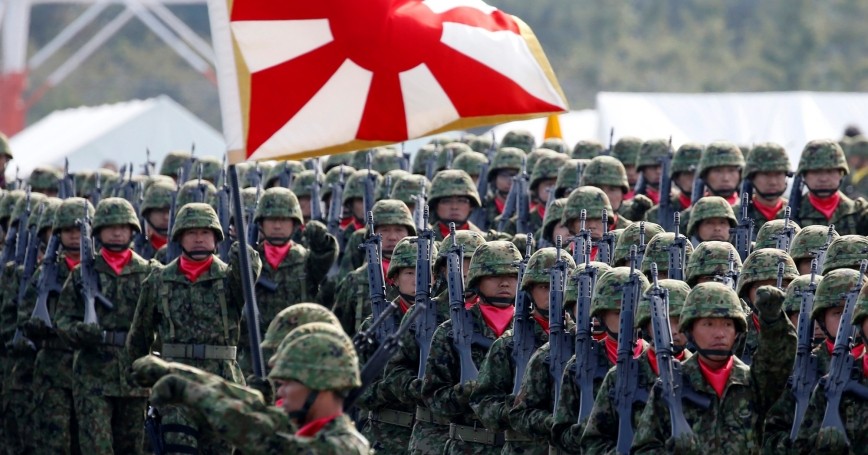 National Defense Plan
National Defense Plan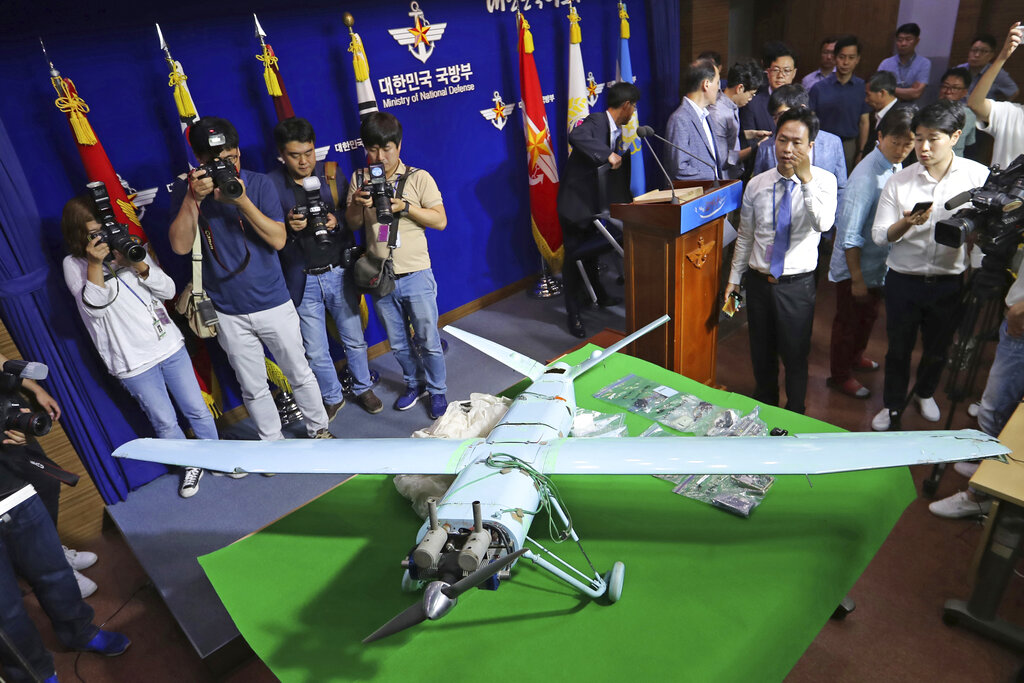
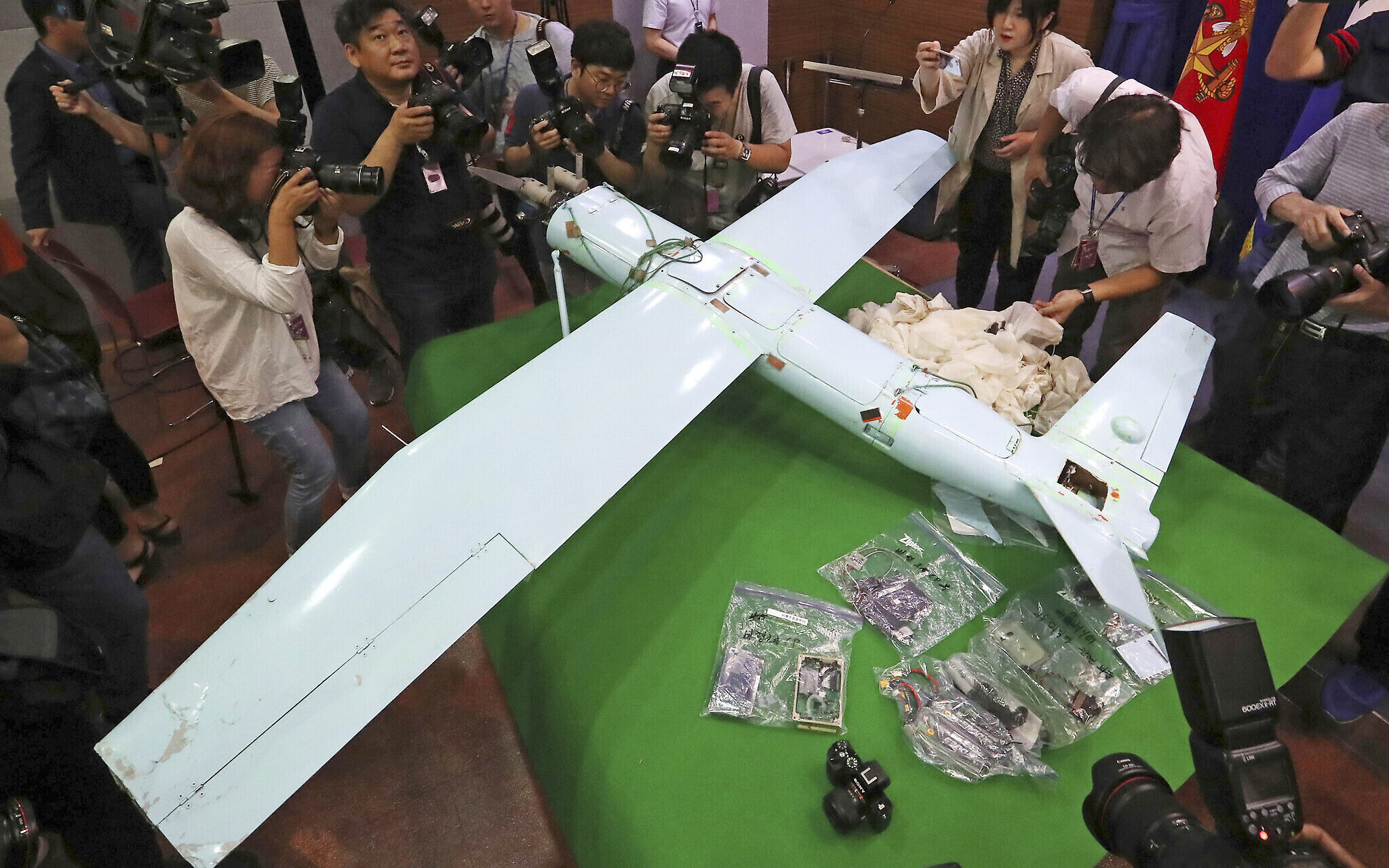
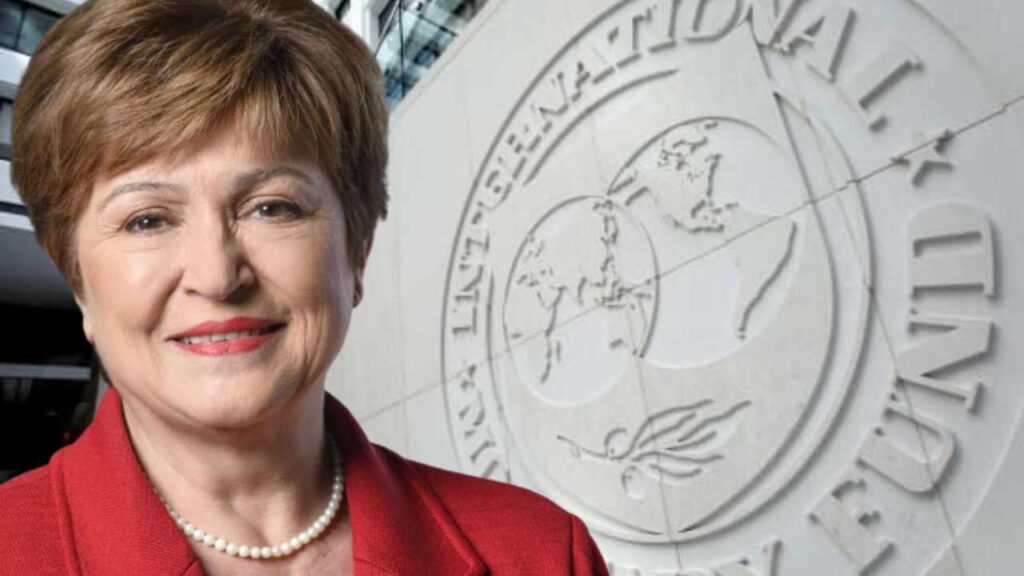



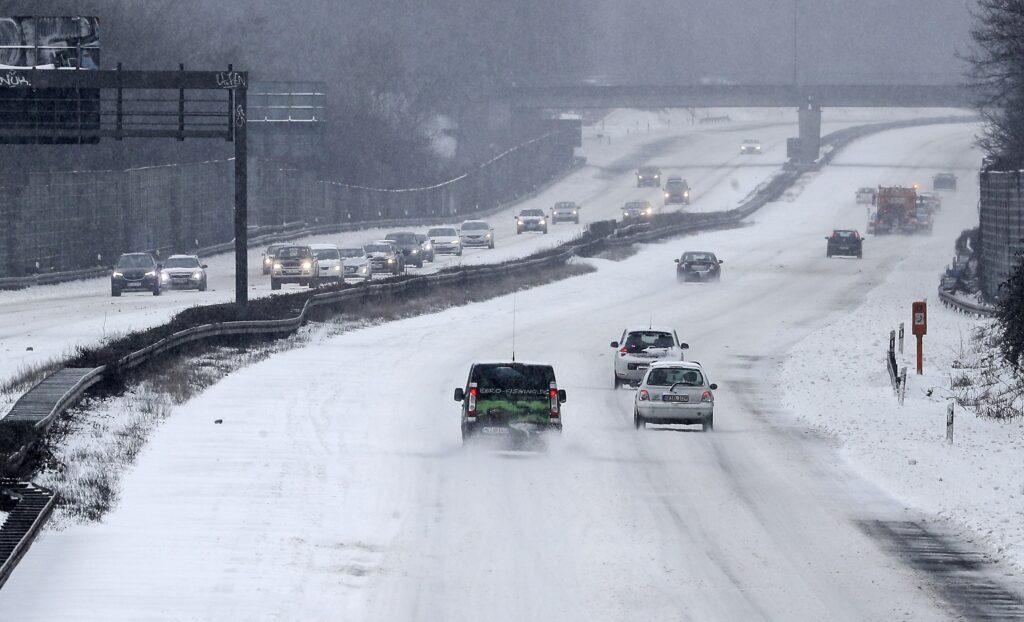
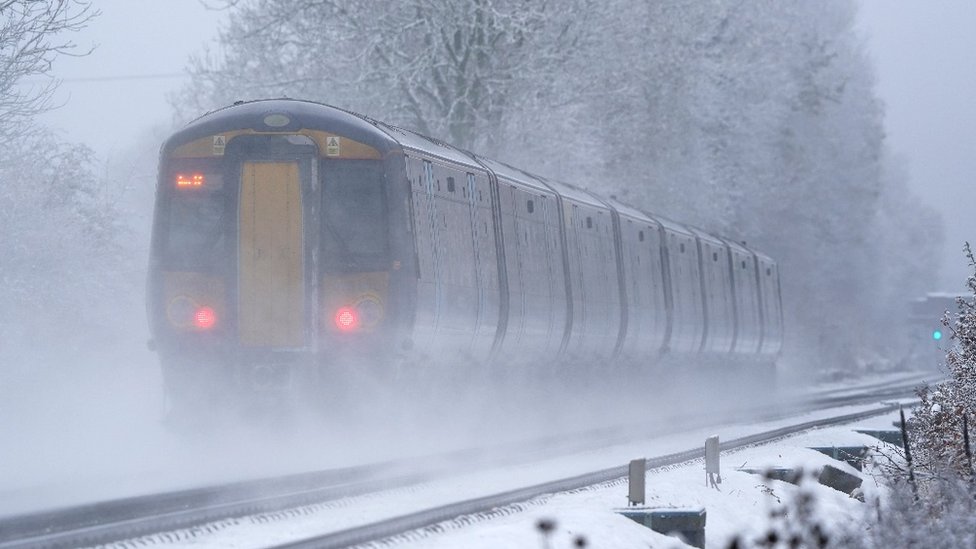
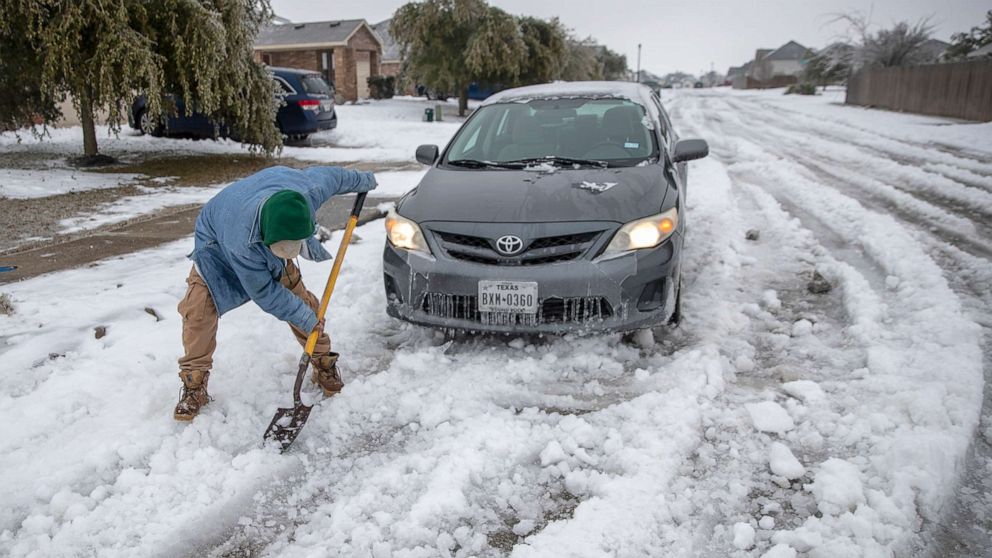
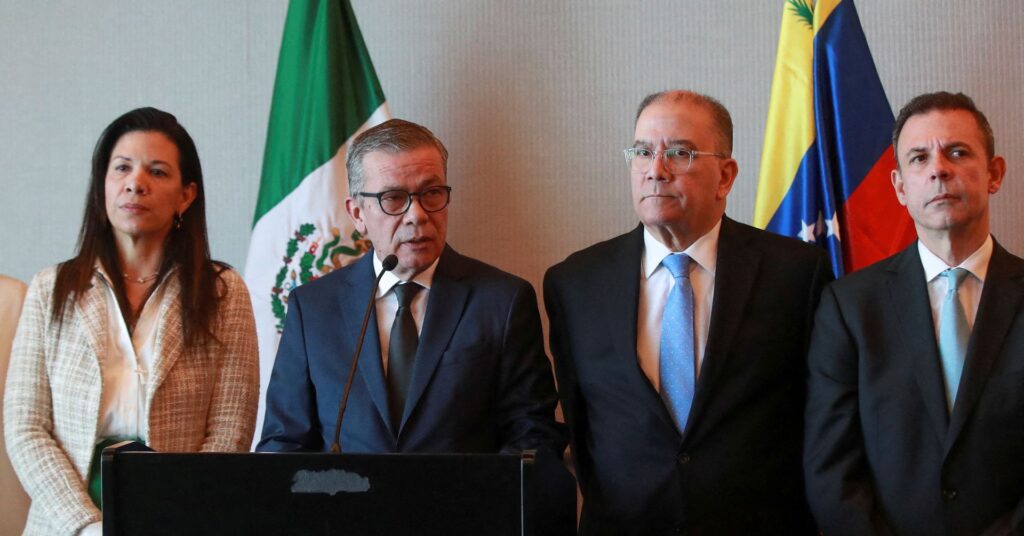
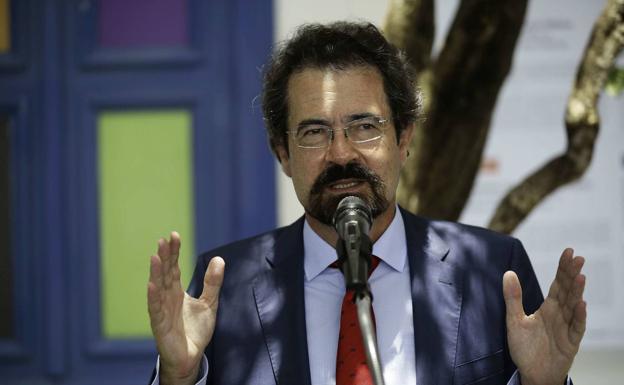
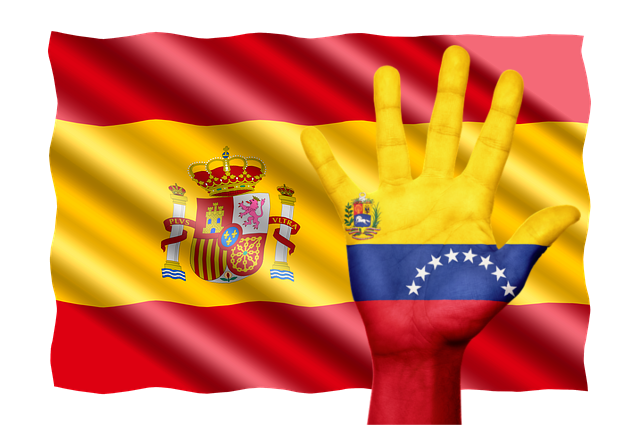
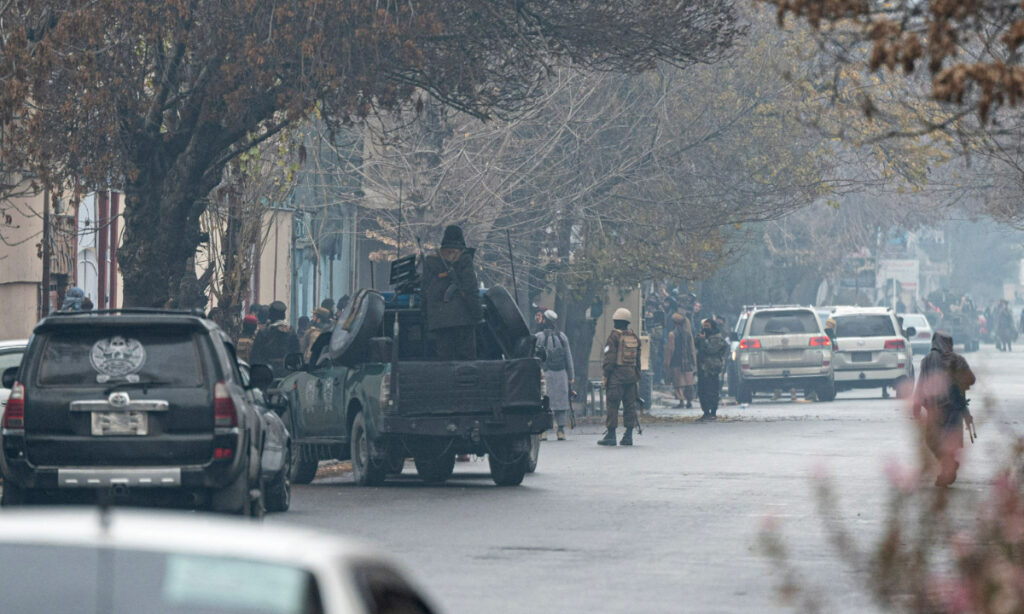
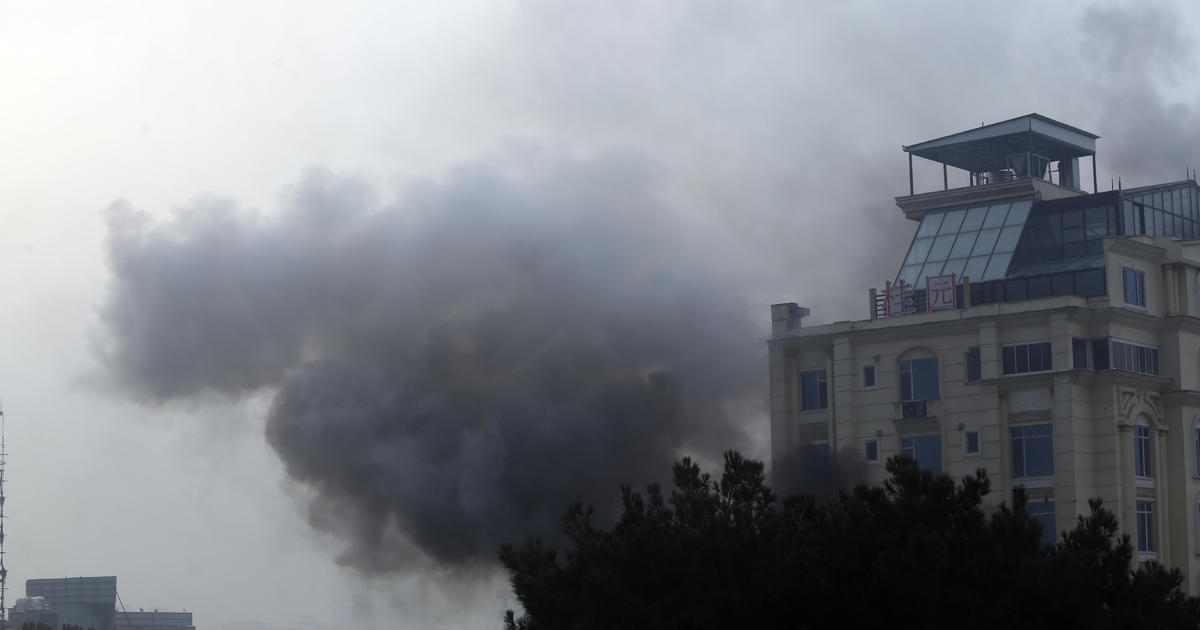
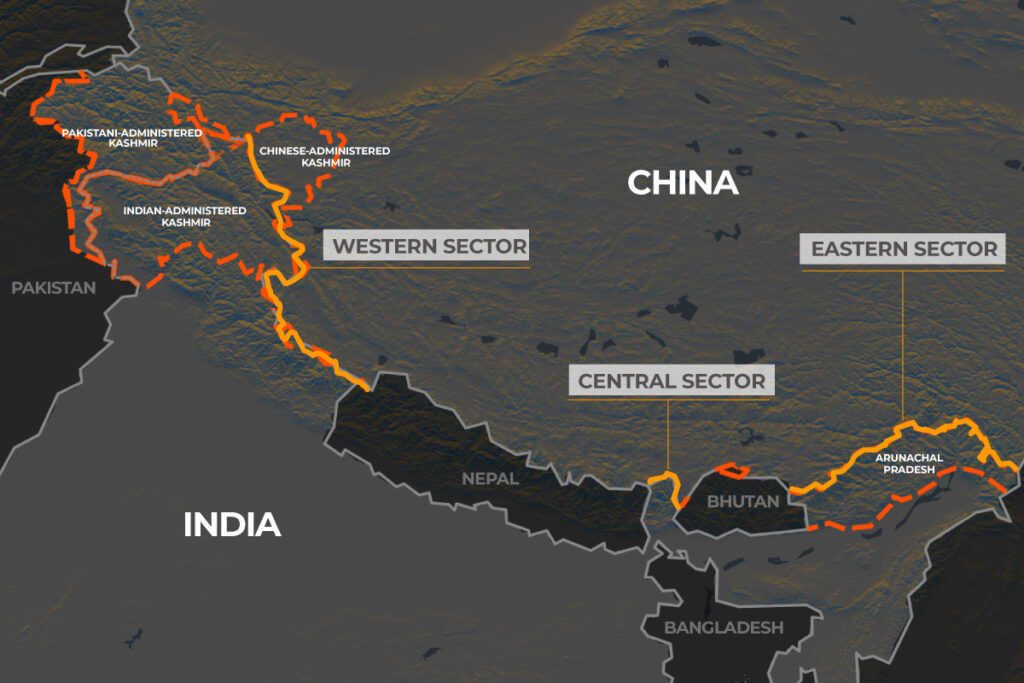
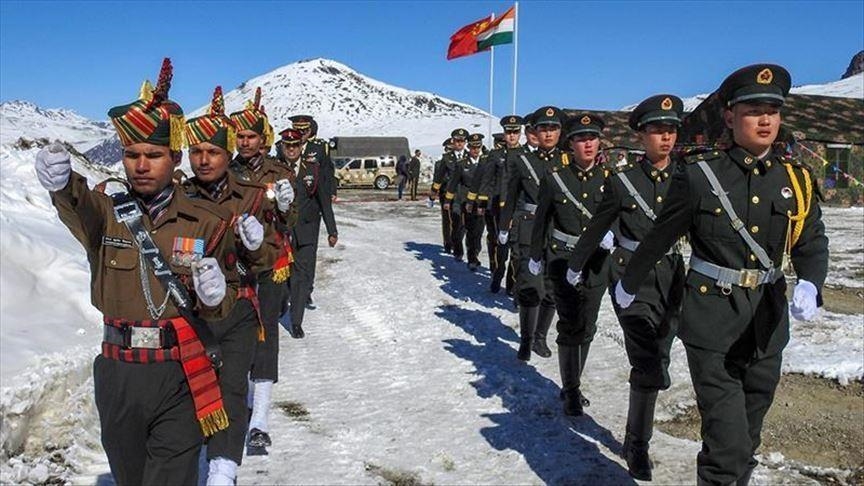


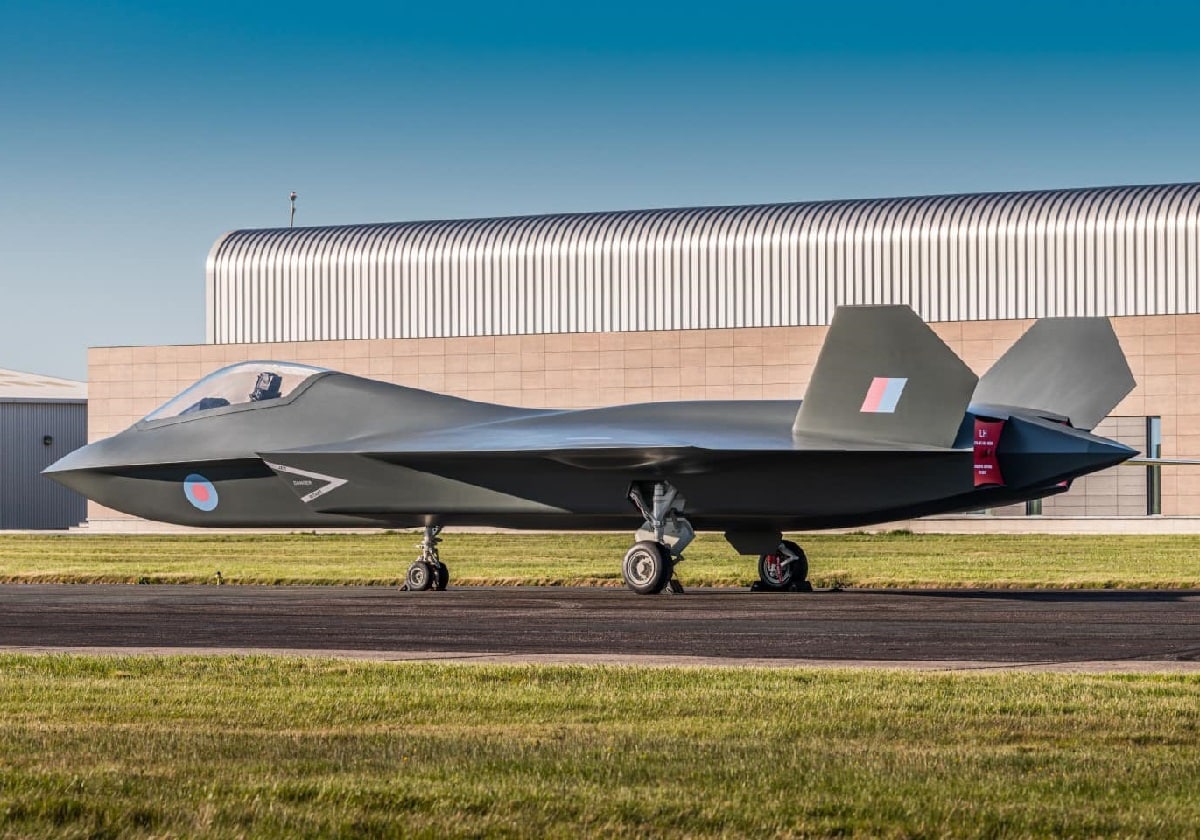 While the all out cost has not been finished, it won’t be borne exactly similarly between the three nations, the authority added. Japan’s Nikkei business day to day said that organizations Mitsubishi Weighty Enterprises, BAE Frameworks and Leonardo would administer the new undertaking, which is Tokyo’s second joint improvement after its SM-3 rocket made with Washington. The undertaking is the most recent high-profile illustration of partnered nations teaming up on an impromptu premise to foster protection hardware. Such moves demonstrated disputable last year, notwithstanding, when the US grabbed a worthwhile agreement to supply Australia with submarines from under French noses and sent off another US-UK-Australia collusion in the Pacific, named AUKUS.
While the all out cost has not been finished, it won’t be borne exactly similarly between the three nations, the authority added. Japan’s Nikkei business day to day said that organizations Mitsubishi Weighty Enterprises, BAE Frameworks and Leonardo would administer the new undertaking, which is Tokyo’s second joint improvement after its SM-3 rocket made with Washington. The undertaking is the most recent high-profile illustration of partnered nations teaming up on an impromptu premise to foster protection hardware. Such moves demonstrated disputable last year, notwithstanding, when the US grabbed a worthwhile agreement to supply Australia with submarines from under French noses and sent off another US-UK-Australia collusion in the Pacific, named AUKUS.